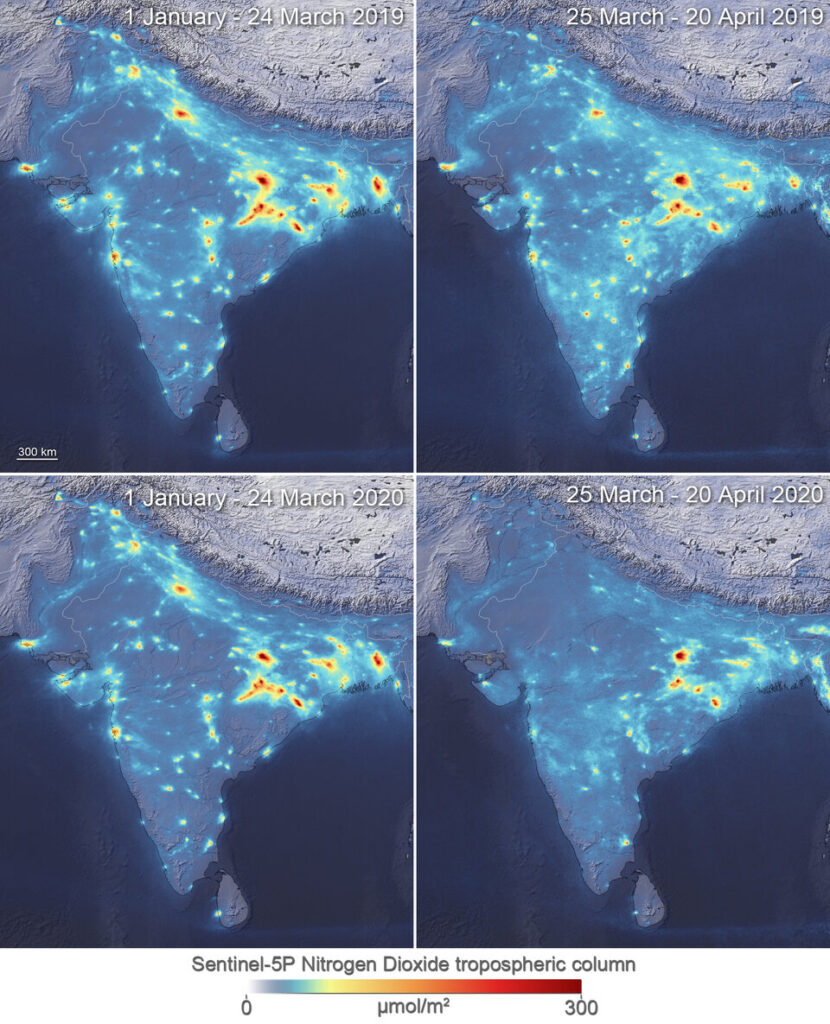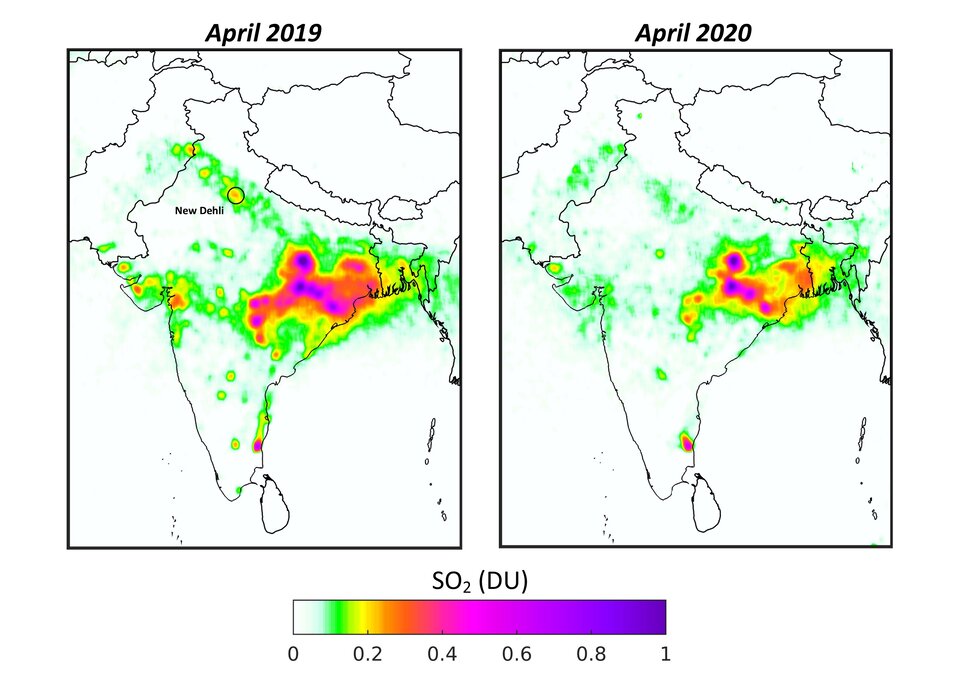Climate Change and Coders
I was checking the air quality reports of Bangalore for the period of 3 months when we were under strict lock-downs due to COVID-19. Bengaluru’s air has been doing much better under the lock-down. I am sure this is not a unique case. According to the analysis by CREA, for the Health and Environment Alliance (HEAL) and the Global Climate and Health Alliance (GHCA) (Link to PDF Study report)
Primary air quality data indicates a 28% drop in the PM 2.5 levels in 45 days during the lockdown compared to 45 days before the lockdown .
It’s not just this one study. But a study by European Space Agency shows that there has been a considerable decrease in air pollution during the lockdown. As seen by the satellite pictures below the pollutants like NO2 have reduced considerably.
These images, using data from the Copernicus Sentinel-5P satellite, show the average nitrogen dioxide concentrations from 1 January to 24 March 2020 and 25 March (the first day of the lockdown) to 20 April 2020 – compared to the same time-frame as last year. The significant reduction in the concentrations can be seen over major cities across India. Mumbai and Delhi saw drops of around 40-50% compared to the same time last year..
Its not an isolated incident. Even SO2 has reduced as seen by the satellites over India.
Based on measurements gathered by the Copernicus Sentinel-5P satellite, the map shows the averaged concentrations of sulphur dioxide over India from April 2019, compared to April 2020. The darker shades of red and purple depict greater concentrations of sulphur dioxide in the atmosphere. Sulphur dioxide mainly comes from industrial processes and causes many health-related problems.
This shows 1 some changes to the environment can be reversed. And earth can bounce back. It also shows how much of it can be directly mapped to human activities.
Now, don’t get me wrong. I don’t want any lock-downs. I am proposing anything close to that. They have caused a huge pain to humanity, especially to the poor just like pollution. The challenge is to create future jobs and increase economic activities without harming the environment or people.
As a community can we do something that can reverse some of these changes to the environment; without causing the pain to humanity in any way and thereby avoiding future pain to humanity?
Now that’s a challenge that needs help from everyone. For us, the tech community it could mean building new systems to reduce the human activities that are harming the environment without causing harm to humanity in any way. Can we create applications that will help us from migrating current systems to new systems with minimal pain? Can we help to create new kind of jobs that wont hurt? Can we create tools and mechanisms that will help everyone to fight climate change and also help us achieve UN Sustainable Development Goals? I think they are possible. I don’t think we will solve everything. But I think we can be small part of that big effort. Here is an opportunity to bring your tech and non tech friends together to build systems to fight climate change – Call for Code.
Created by David Clark Cause with Founding Partner IBM, and in partnership with the United Nations Human Rights and The Linux Foundation, Call for Code is the largest tech-for-good challenge of its kind.
One can use any available technologies at IBM or don’t2, from IoT to A.I to fight the climate change. The Call for Code is open. Try it.













